Investing in Inbox Zero, After a TikTok Changed My Life

I get 100 messages a day.
I checked, and my average over three weeks was that I get an average of 485 messages a week across Instagram, Spark, Messages, WhatsApp, Messenger, and Slack. That means during a five-day workweek, Per day, I get ~20 emails to my main accounts (pre-cleared, not newsletters or general inquiries) plus ~80 messages on social media for a grand total of 100 messages a day.
Each message, of course, widely ranges in how time-intensive it is to respond to, but my experience has been it's very easy for the communication apps to take over everything. They take over my whole workday, and then they take over my evenings at home. The problem I'm solving for is containing the time commitment I have to give to these emails and messages.
And, while this post is specifically about email, I've learned I have to treat Slack, WhatsApp, and Messenger like email since people reach out to me there with work requests and asking for time commitments in my calendar. So, out of my daily 100 or so messages, about 20 are 'for me,’ i.e., Instagram and Messages (texts) that I use more casually for friends and family, and the other 80 are inbound requests I have to properly manage.
Here's the full split (average across three weeks in November 2023). Daily averages are divided across a 5-day work-week, as I try my darnedest to keep my weekends offline.
Spark: 112 weekly average, 22 per day
Slack: 43 weekly average, 9 per day
WhatsApp: 76 weekly average, 15 per day
Messenger: 80 weekly average, 16 per day
EMAIL 'like': 311 total weekly average, 62 per day
Instagram: 90 weekly average, 18 per day
Messages: 84 weekly average, 17 per day
PERSONAL: 174 weekly average, 35 per day
How to handle such volume?
INBOX ZERO is a classic principle of personal and professional productivity, where tasks are either done right away – delegated to someone else, deferred to a later day – or deleted.
The outcome is that no emails rest in the inbox; each message is dealt with right away in one of the following ways:
- Do (right now)
- Delegate
- Defer
- Delete
It's a “Getting Things Done” approach to email, where every email is seen as a task that can then be handled in one of the following ways:
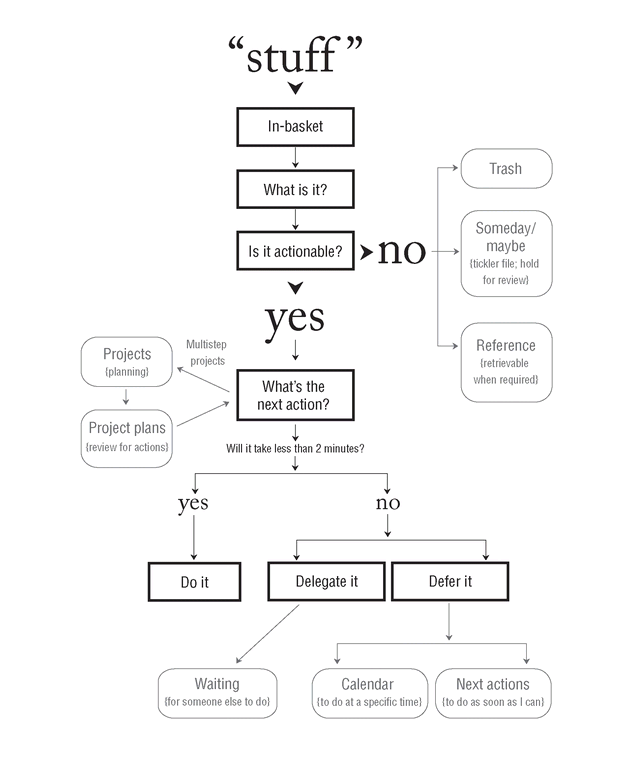
This system is optimized for professionals who receive a lot of inbound requests, so this might not resonate with those who don't have that. I know for me, earlier in my career, even when I knew about Inbox Zero and GTD – it seemed too complex for how busy my channels were at the time.
Why I didn’t have Inbox Zero before
I hadn't implemented Inbox Zero earlier in my career, because the value wasn't clear to me. It felt like more work, and the idea of spending more time on my emails seemed abhorrent to me. So I defaulted to the typical 'mark as unread' for emails I wanted to return to, a process that's barely a process.
Had I counted out my number of emails earlier than for the sake of writing this blog post, I would have realized the scale of my inbound requests required a better plan than 'just work harder,' which hopefully we all know is not a strategy but a prayer; and a recipe for burn-out.
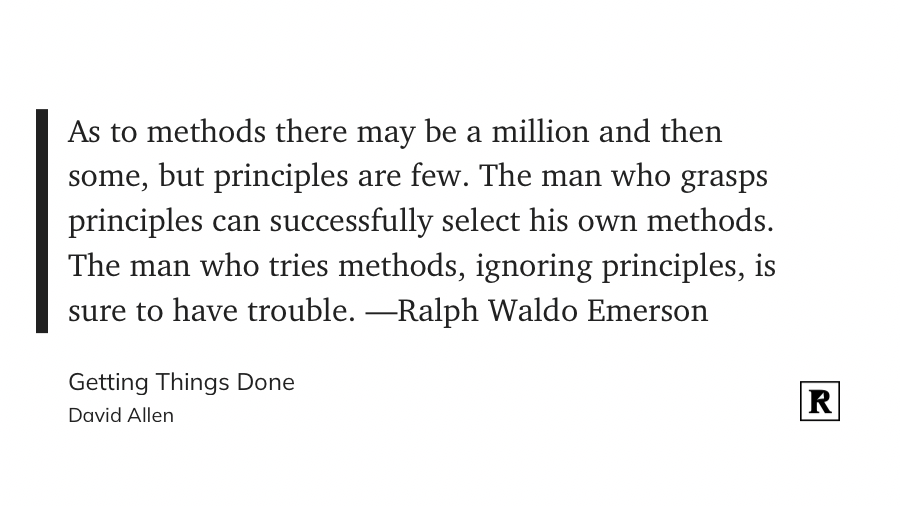
I fell into the classic trap of 'just working harder' instead of investing in setting up a system that would indeed require time to set up – but would pay dividends in time gained back every single day. And when email is such an important part of your job, even if it'd take me 100 hours to set up, it would still be time well spent.
The TikTok that changed my approach to email
And then this TikTok pops up on my feed.
@superhumanco Its because you’re busy you need inbox zero. #email #emailtips #gmail #gmailtips #outlook #outlooktips #inboxzero #superhuman #superhumanemail #productivity #productivitytips #productivitytipsandtricks #emailhack #productivityhack #additionbias #leidyklotz #stevejobs #minimalism #saas #wfh
♬ Hip Hop with impressive piano sound(793766) - Dusty Sky
The gist of his argument is that 'an unread email' can mean too many things. It can indeed mean we've deferred the task to a later day (when we read an email and then 'mark as unread' to return to it later); however, it can also mean that we haven't read the email.
It also means we're re-reading the same emails many times to try to pull out action items. It doesn't only massively waste time, there's also a lack of clarity. Lack of clarity means ambiguity, and this ambiguity is what creates anxiety.
I later found out this video was posted on the superhuman account, which is a high-end email service targeted at executives. The person speaking is called Jon and his job is to consult entrepreneurs, C-level executives, and YouTube stars to get their inboxes under control.
In the video he says during one of his consultations, the client pushed hard against the practice of Inbox Zero as he didn't have time for all the extra steps: “Hey, I don't have time to archive emails I'm done with. I'm just too busy”.
Jon’s response was: “I'm not telling you to archive your emails because I want you to be an 'A-type personality'. I do it because it's literally the easiest way once you get set up.” He then closes out the video saying his client finally gave in and said he was spending less time in his inbox than before, and it also looks a lot neater.
“You need Inbox Zero because you're busy”.
The way he relayed his logic in less than two minutes in this video melted away any prejudice I had against Inbox Zero. It's not a process for the sake of it, it literally gives you more hours in the day (if you have a lot of emails to process).
I started by doing an Inbox Reset
So in MWW47, when I say a TikTok changed my life, I wasn't lying. It became a central goal of my “2023: Year of Investing” to be able to get to a Daily Inbox Zero consistently.
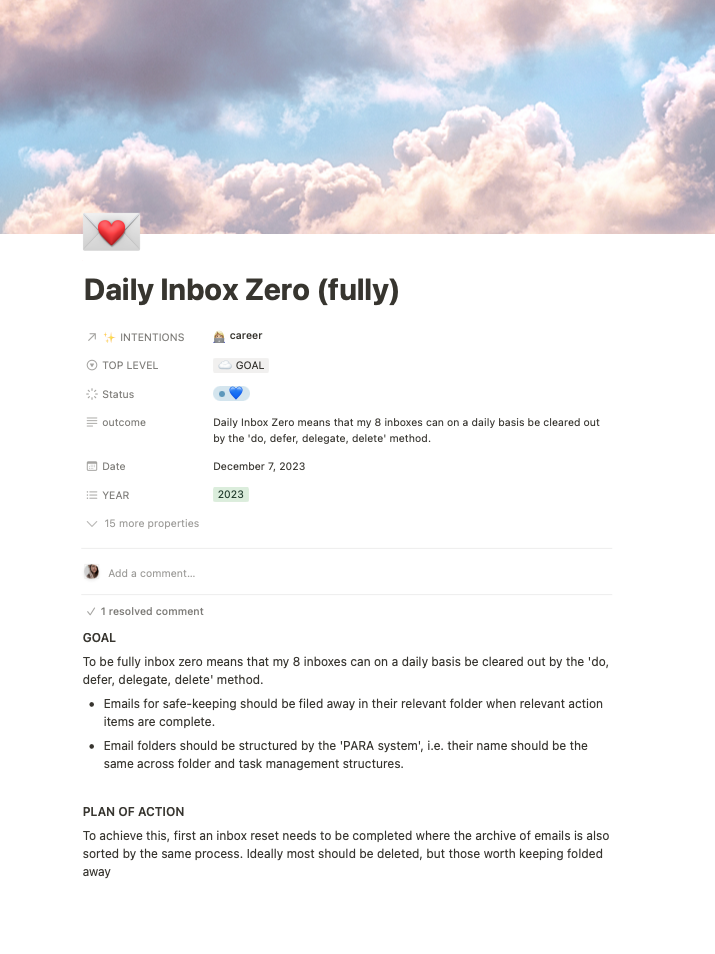
Before getting started, the current state of emails has to be dealt with. I currently manage eight email accounts, three of which have a serious backlog. They are also not all my email accounts, so blindly archiving everything didn't seem like an option to me. Because while most old email is worthless, some holds tremendous value. There are also work processes I have to be respectful of, so I knew this was an investment project.
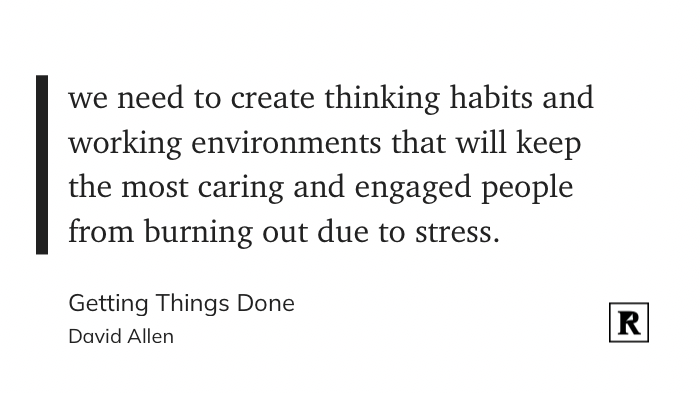
As we should all know but is so easy to forget: the gift of good systems is that we trust our time is being well spent. It removes chaos, and even if we add extra steps to our routines the pay-off is such it gives back time – it's not costing time. A system tackles that exact mode when we start driving ourselves to the ground by making our lives less chaotic and more intentional.
I wish I had the final number of how many emails were in the backlog, but they were in the thousands if not tens of thousands. The GTD method is clear that when emails are no longer actionable, there are two options for it. To archive and/or delete it, or to store it for future reference.
It dawned on me this is essentially a giant tidying task. It is not in my personality to half-ass a project like this, so I looked to the one and only tidying goddess: Marie Kondo. Her central principle is to default to throw out everything unless the item serves you – especially if it's paperwork.
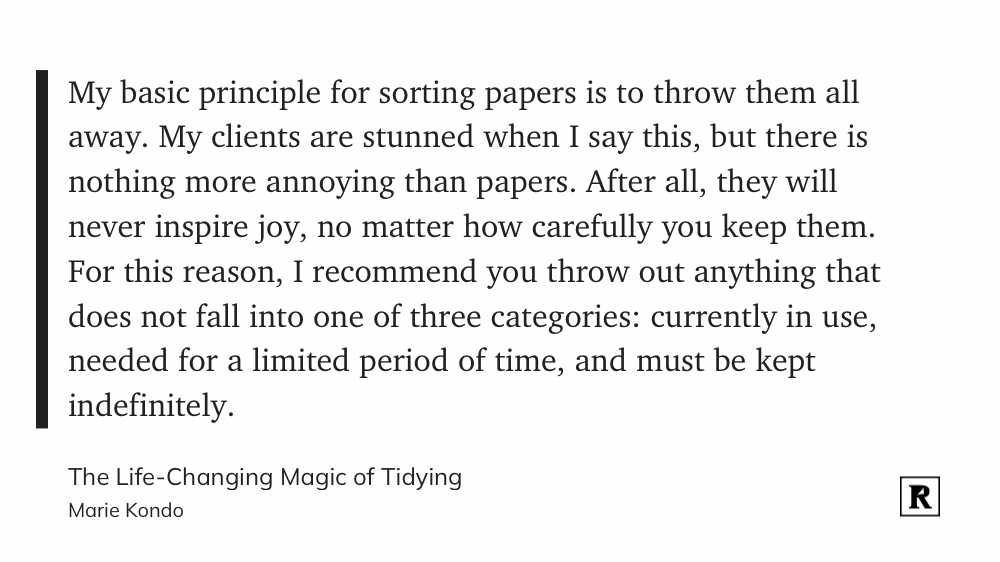
What I love about both Jon's TikTok and Marie Kondo's quote, is they both serve as a reminder to not even attempt to catalog every email you've ever received. So my main objective was to find (a) are there any action items I need to pull into a to-do list, and (b) what emails are worth keeping on file for reference?
It became apparent to me that the emails I wanted to keep fell largely into the following categories:
- Invoices
- Other dealings with big corporations, like:
- Insurance claims
- Applications (loans, jobs, etc)
- Travel itineraries and tickets
- Keep a log of work projects
It means that even if the number of emails is in the thousands, and it's still a monumental task, the emerging categories broke it down to manageable chunks. Everything that isn't one of those can be archived, and 'one-off' emails (reset password, etc) can be deleted once they've served their purpose.
To be clear, there was no way of sorting through everything in one go. What I did is I deferred everything out of my inbox to return at a later day, and then I'd roughly sort the emails based on themes to return at a similar time so in a given session I'd be sifting through emails from the same senders and within a similar category.
These documents I want to keep could of course be documented more fully in my other systems, but that's a different project. For now, it will suffice to sort them into their relevant folders, as my main goal isn't to create a perfect catalog of every transaction of the past 10 years – it is to streamline inbound requests for me on a daily basis.
My new daily email routine + the tools I use
The other element of this is to decide when email gets dealt with. I created what an ideal week looks like for me, which includes a total of six hours (one big block, and three one-hour blocks) during the work week to do email. Should an email take longer than a couple of minutes to respond to, it becomes a task and needs to be scheduled out as such.
My email client of preference is a service called Spark. I started using it at a previous job, and instantly found it to be an incredible service. They have a suite of cool collaborative features that I don't use (not because I don't want to, it's just not the culture at my team), but the features I use are:
- Integrations with other services (OmniFocus and Asana)
- Templates for repetitive emails
- Multiple accounts in one inbox
- Snooze email to a later date.
- Basic AI filtering (built-in to the service, sorts email into 'People', 'Notifications', 'Newsletters')
I use the integrations with Asana to assign tasks to my team (delegate) and OmniFocus to defer tasks I personally have to set aside time for. I then snooze the email to when the task is scheduled so it pops back up when the scheduled time comes.
Once a week I allocate a bigger block of time to clear my inbox. The emails that aren't urgent but require a response I snooze until that time block.
The big problem I'm solving for is to not have my emails overrun everything else. That leaves in my inbox the emails I want to tackle that day, and I want my daily goal to be to reach Inbox Zero.
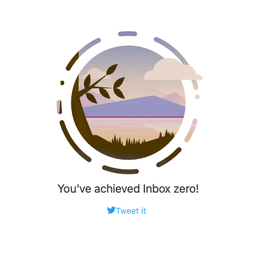
As I write this in December of 2023, I'm just coming to the end of this huge project of sifting through this backlog and testing out this new routine. I'm excited to start 2024 with this as my starting point and put this system through its paces, and see how it works for me in action. I'll need to report back later how it performs fully, but at this point:

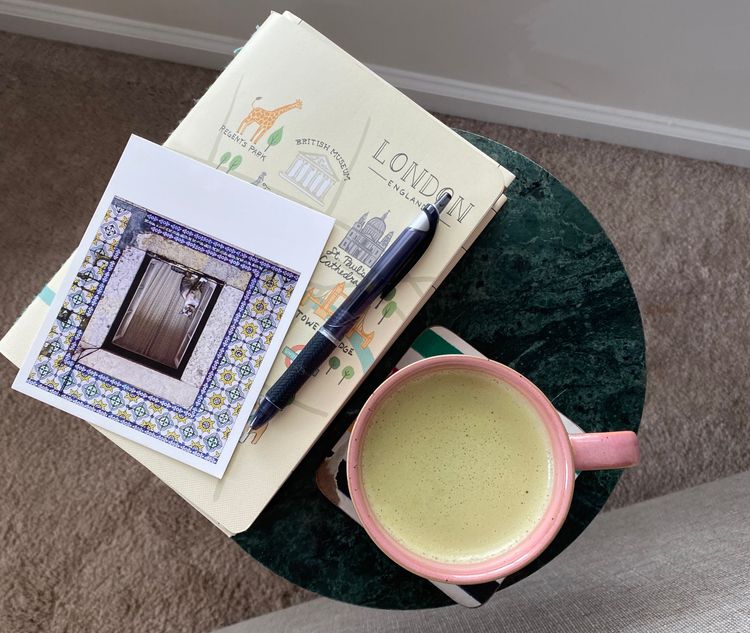



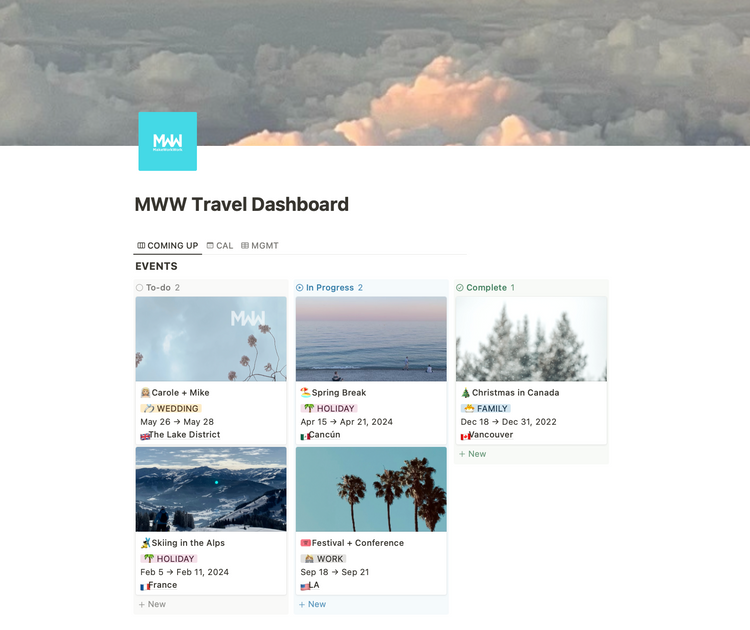
Member discussion